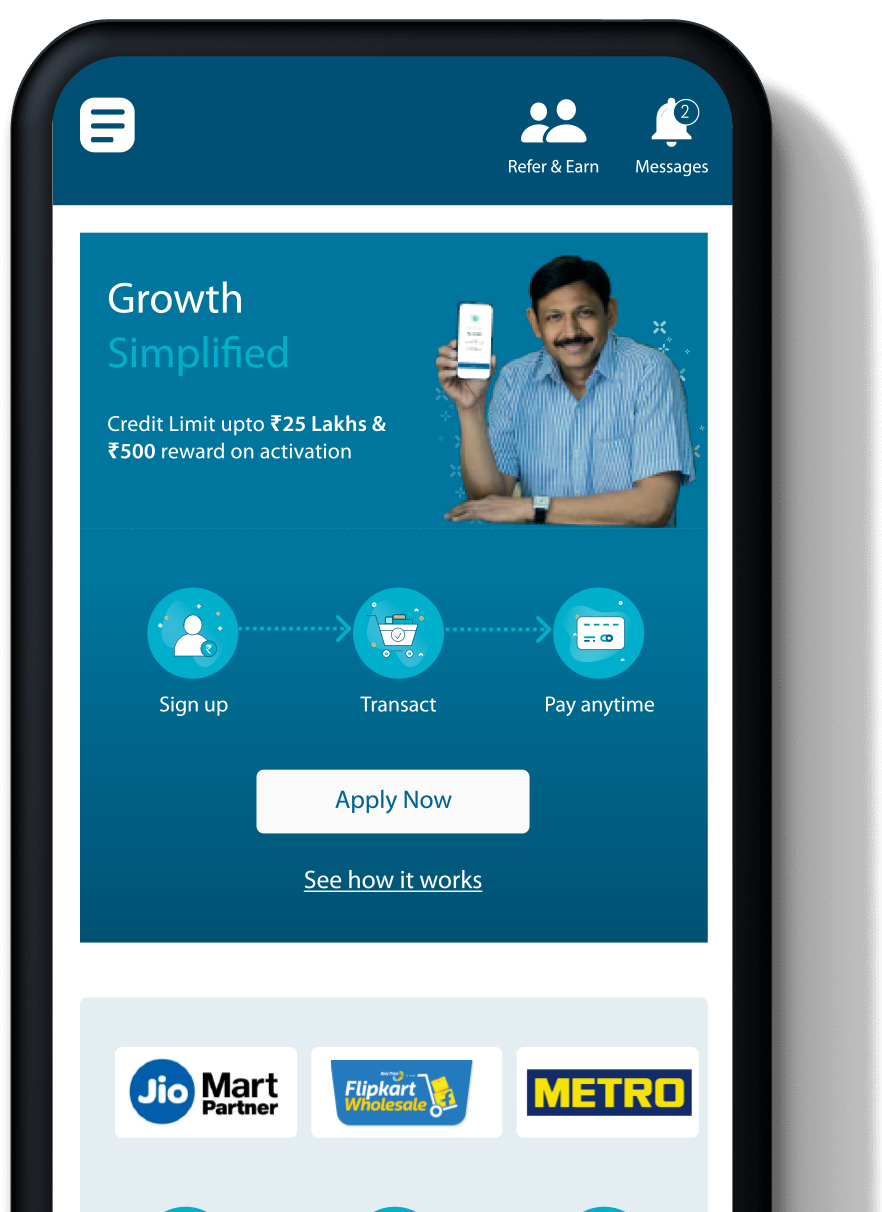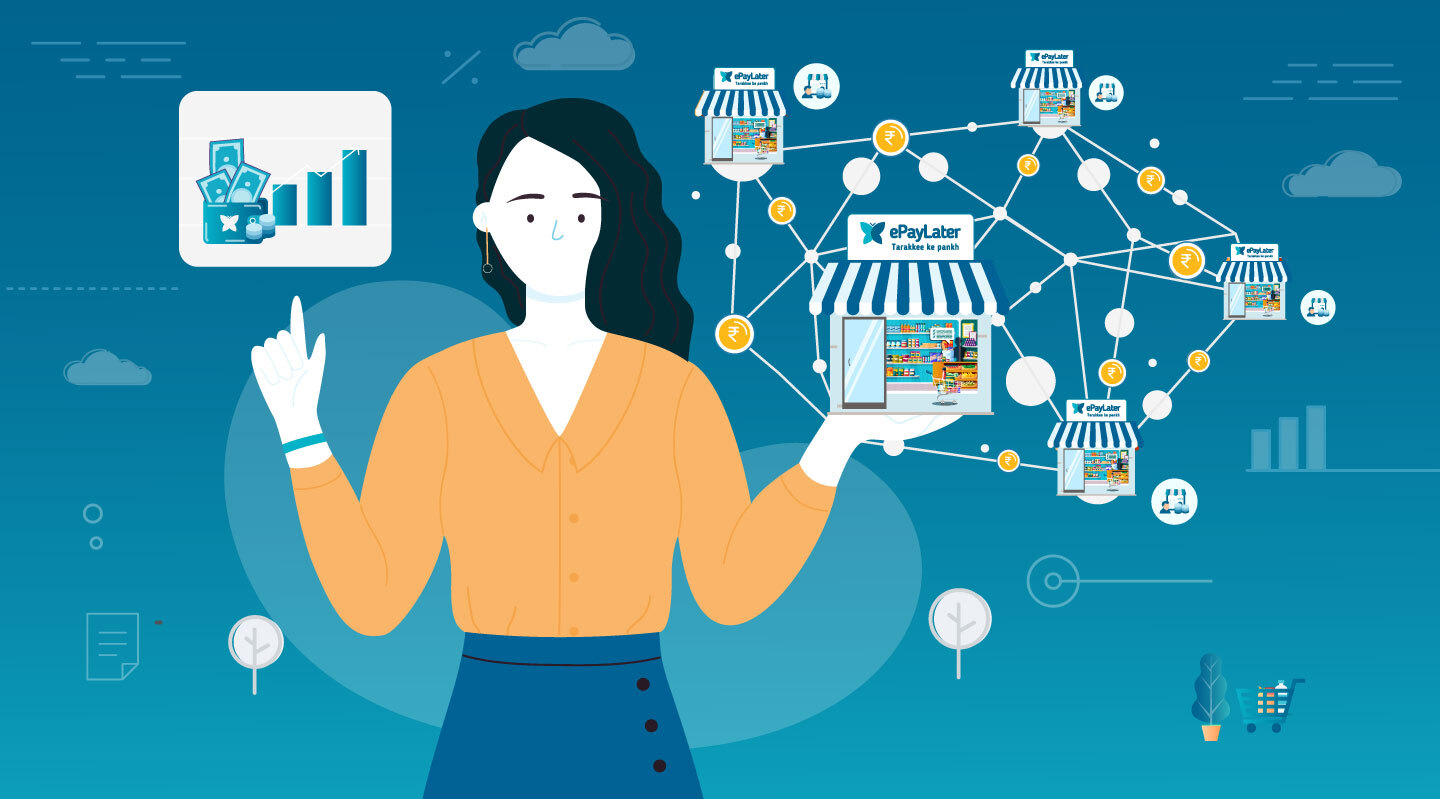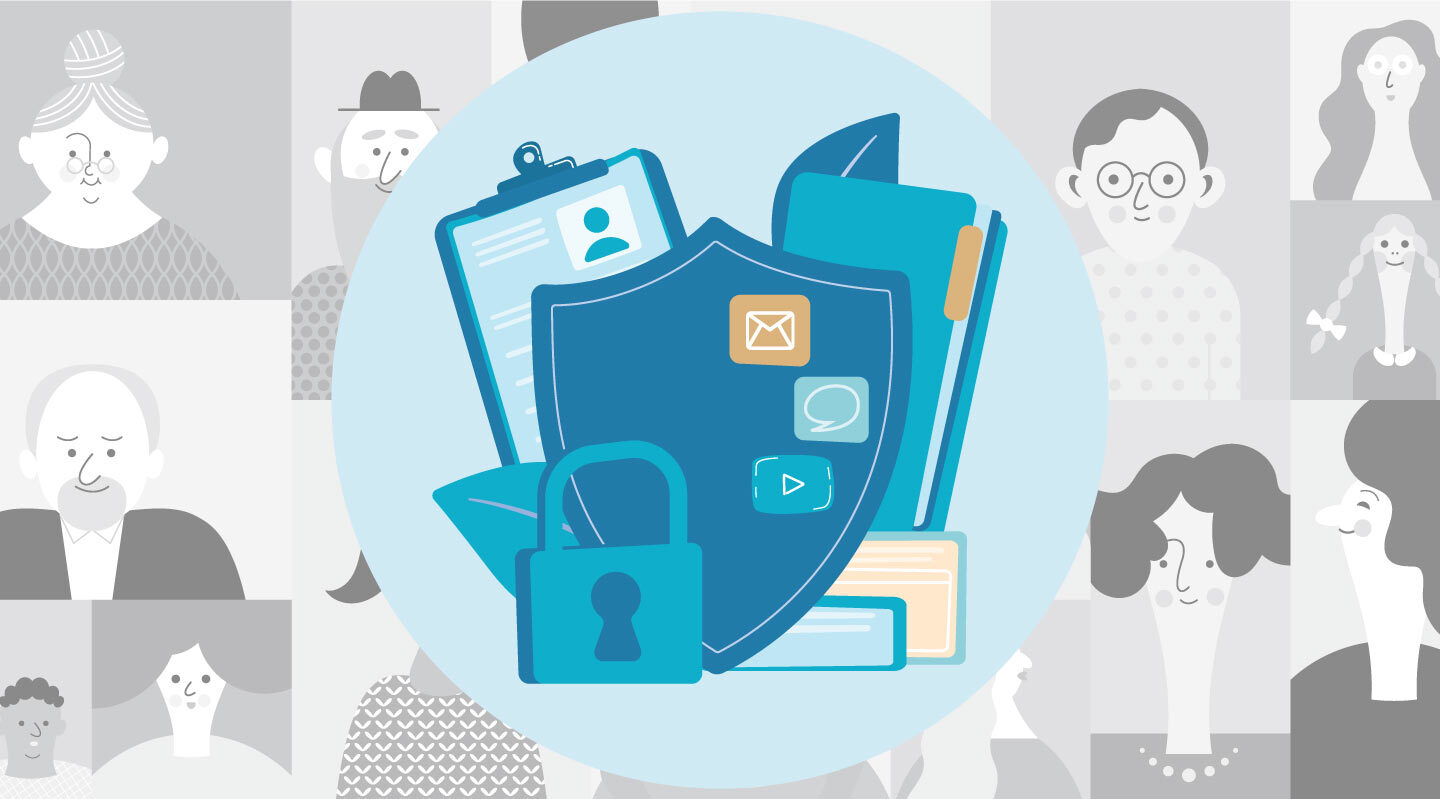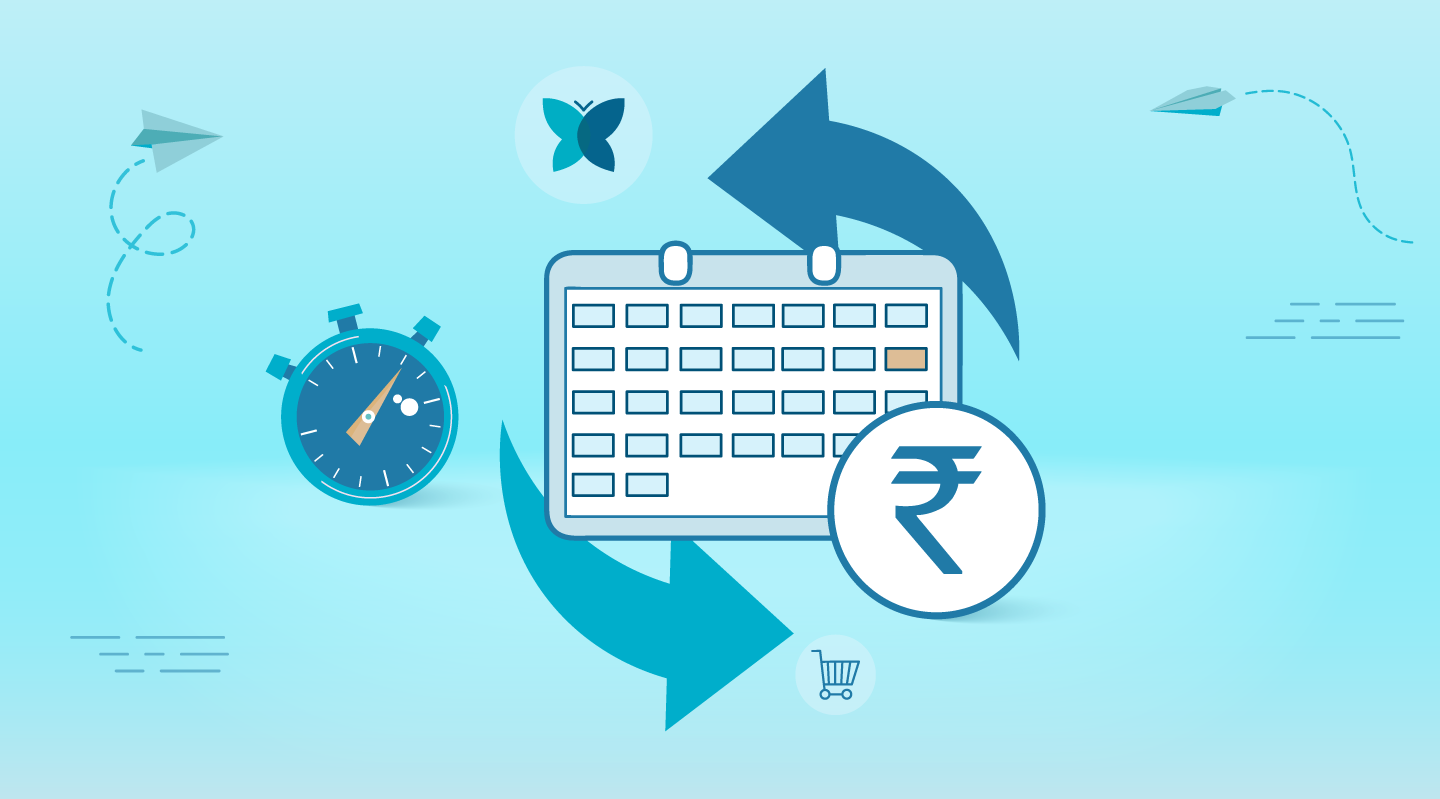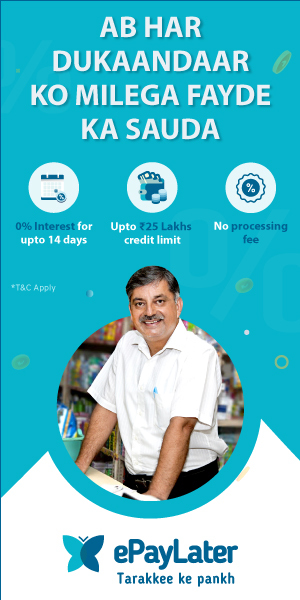Tapping The Digital Opportunity For India’s Unorganized Retail To Realize The Atmanirbhar Dream
India’s retail sector contributes about 10% to the country’s GDP. It has witnessed remarkable growth from a valuation of $450 bn in 2012 to $690 bn in 2021. Despite the notable evolution, one factor that has remained constant in not fully Tapping Digital Oppurtunity. Organized retail accounts for 12% of the total market size, while the majority is still dominated by unorganized retail at 88%. These are your friendly neighbourhood kiranas, street vendors, hawkers and peddlers. The ones who sell products that are trending and on-demand, ranging from essentials, electronics, and apparel.
The pandemic-induced lockdown created a devastating impact on small-scale retailers, leading to unemployment, business shutdown and migration. On 12th May 2020, the Hon’ble Prime Minister announced the start of Atmanirbhar Bharat Abhiyan. It was an initiative to build India into a self-reliant economy and to bounce back. It also included comprehensive packages to support, allocating a budget of INR20 lakh crores, equivalent to 10% of India’s GDP. This clarion call to the nation was crucial, given that, India’s GDP had taken a massive dip of 24.4% between April-June 2020. Also the rate of unemployment in the country rose to 23.5% in April and May 2020.
The Atmanirbhar initiative gave a huge push to digitisation, thus marking another step toward building a Digital India. Today, we are a country with 600+ mn active internet users. 100mn users transact online, making us one of the fastest digital-adopters in the world, according to a recent McKinsey report. Data from the Ministry of Corporate Affairs shows that India registered 1.67 lakh new companies during FY 21-22. This is the highest so far, beating the previous year’s record of 1.55 lakhs. Also RBI’s data indicates a 98.5% rise in the total volume of digital transactions during 2020-21; a 99.3% rise in 2021-22.
Charting the path to self-recovery
While the pandemic propelled digitization, it also kindled a shift toward online shopping. This led to an enormous boom in e-commerce and set up a platform for tapping Digital Opportunity. Consumers preferred purchasing even their groceries online out of sheer convenience. Constantly navigating between delivery apps, they left the mom-and-pop stores cornered.
Eventually, kiranas and local retailers upskilled themselves and digitized their businesses to reach a wider pool of customers. Not only did they adopt digital payments, but also offered value-added services. Home delivery, and WhatsApp orders, and ensured customer satisfaction even during the toughest times. A 30-day survey conducted by Deloitte revealed that 72% of Indians were willing to shop from local stores due to the trust that kiranas had built during the pandemic.
Digitization has a plethora of opportunities for small businesses to self-educate and update themselves with trends to manage their businesses. Small-scale retail owners get adequate exposure to new products and technology that helps improve their customer service. Today, the internet is filled with case studies, reviews, and information available for business owners to access, analyse and apply to their businesses. Retail businesses have evolved beyond vanilla payment consolidation. They are now at the point where they are on the lookout for 360-degree financial management for their business.
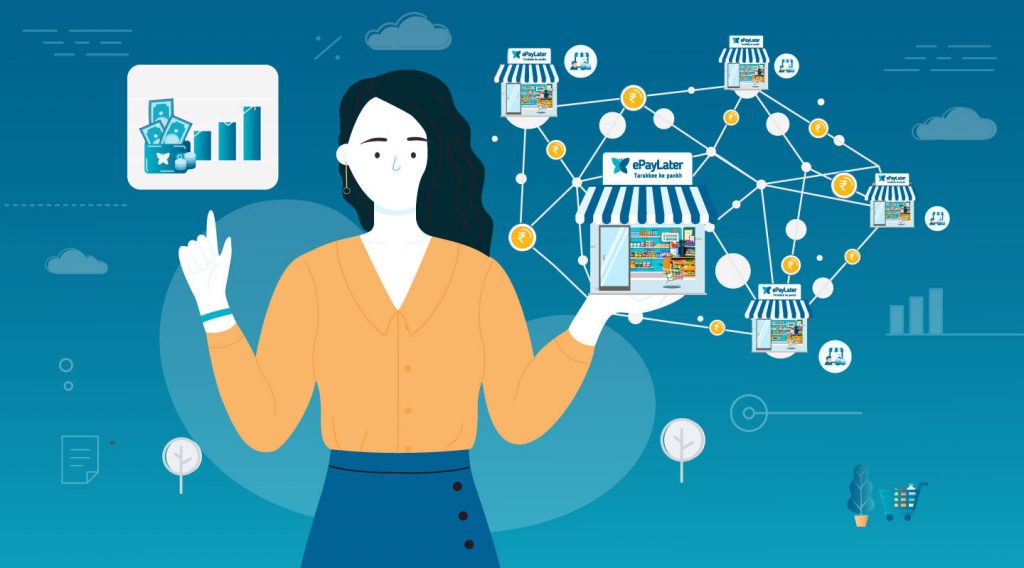
FinTech ecosystem to the rescue and Tapping Digital Opportunity
The FinTech ecosystem has played a notable role in easing the digital journey for kiranas. Providing user-friendly solutions that are more than just digital payments they have aided in several avenues. From affordable PoS devices, platforms to build online stores, digital bookkeeping features, or instant loans. FinTech companies who primarily operated as payment aggregators or capital providers have also expanded their offerings. They now feature online stores and cash flow management to provide a one-stop solution for retailers to manage their business.
ePayLater provides an incredibly easily accessible line of credit in just a few minutes with minimal documentation. This is the first introduction to financial literacy for a vast number of people. People who only further develop this through a very easy-to-use, and easy to understand user experience. The app also helps small businesses create and maintain credit history for these small businesses. This is an invaluable service when they need to get a larger loan in the future.
eThese MSMEs need flexible working capital. Accordingly, ePayLater offers a line of credit of up to 25 Lakhs, for an interest free credit period. Another pain point ePayLater helps to address is in the form of collateral. For these business owners the line of credit is offered without the requirement for any collateral.
By understanding the needs of small business owners and the changing trends in the industry ePayLater strives to create an app that is optimised for small businesses.
For all the latest news and updates follow our LinkedIn page here!

